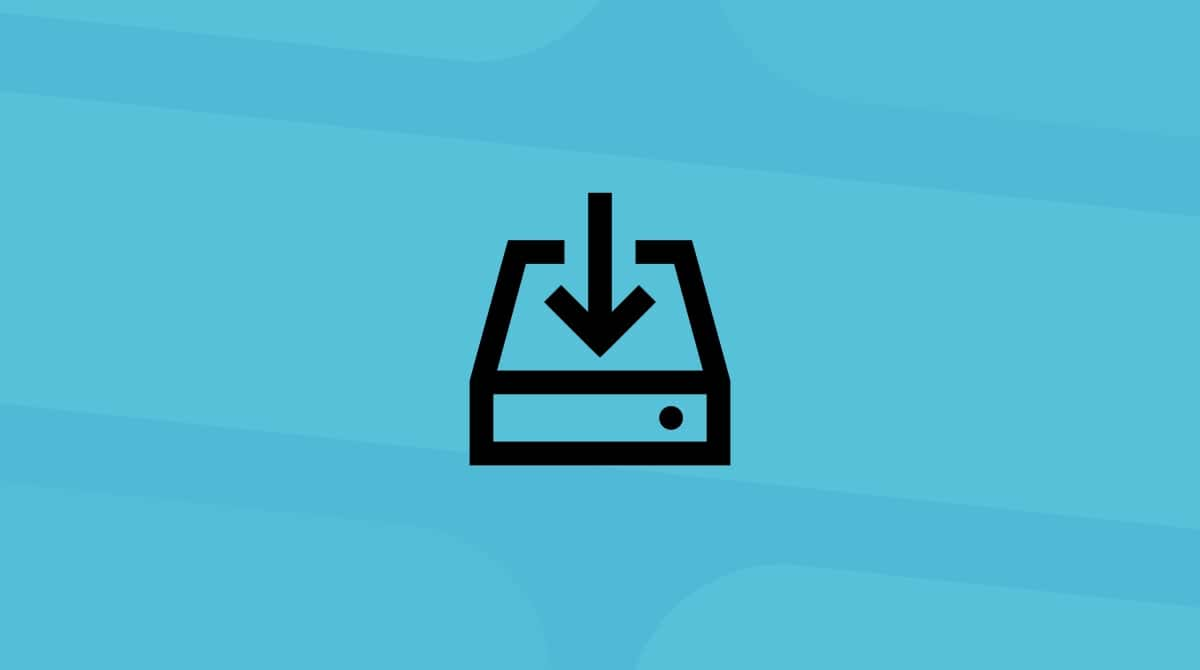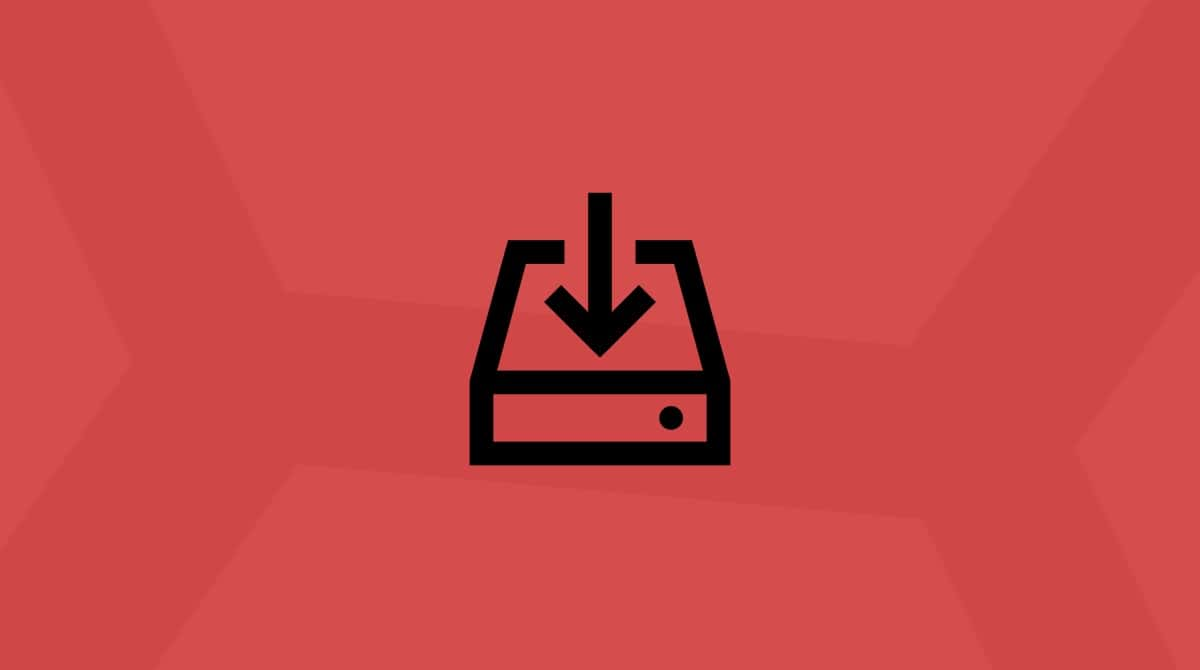If you’re excited about the launch of macOS Catalina and want to try out all the new features for yourself, you can download the public beta and give it a go. However, as it’s beta software, it comes with a health warning, and you should take precautions when testing it. One way you can do that is to create a dual boot system, so you can still boot into Mojave or whatever macOS you’re currently running when you need to. Here’s how to dual boot macOS Mojave and macOS Catalina.
Clean up your drive beforehand
Once installed, macOS Catalina will have access to all your files and folders, so back up your Mac just in case it damages them. You can use Time Machine or any other backup tool. Just make sure you have a backup of your entire Mac before you download macOS Catalina. You should also consider turning on FileVault. It will slow your Mac down but will also force Catalina to ask for permission before it can access encrypted files and folders.
The other thing you should do is clear out the junk on your Mac. We’re going to install Catalina on your main startup disk (yes, you don’t need an external disk!), so the more space you have available, the better. It’s not often that I recommend specific applications, but for this purpose, I’m a big fan of CleanMyMac. It makes identifying what’s taking up all your disk space really easy, thanks to its System Junk tool. And it makes removing junk files easy, too. You can either let it scan your whole Mac or focus on specifics like Photos, cache files, Launch agents, or large and old files you no longer need to access regularly. You can download it here, so I recommend giving it a try. You might find that it frees up tens of gigabytes of space.

What you’ll need for macOS Catalina
- Access to macOS Catalina. First, it was available to Apple developers only. Now, there is a public beta available. Also, the full version is available on the Mac App Store.
- A Mac that’s capable of running Catalina. Here’s the list of compatible Macs:
MacBook 2015 and later
MacBook Air 2012 and later
MacBook Pro 2012 and later
iMac 2012 and later
iMac Pro 2017 and later
Mac Pro 2013 and later
3. An APFS-formatted startup disk. If your Mac is running High Sierra or Mojave, its startup disk is probably formatted as APFS. The exception is hard disks or Fusion drives running High Sierra. You can check the format of your startup drive by clicking Launchpad > Disk Utility.

If your startup disk is not formatted as APFS, your best option is to install Catalina on external drive. In this case, instead of using Disk Utility to create another volume on your startup disk, as shown below, you should grab a USB stick or external hard drive with at least 16GB capacity and use Disk Utility to erase it and reformat it. Then, when you install Catalina, choose it rather than the second volume as a location for the installation.
Download and install macOS Catalina
Currently, macOS Catalina is available as either a public beta or a full release.
Before you download macOS Catalina, you’ll need to create a volume on which it can be installed. If you’re running Mojave, your startup disk will be formatted as APFS. This makes it easy because APFS doesn’t require you to create a new partition. It uses containers, each of which can host multiple volumes. Here’s how to create one for Catalina.
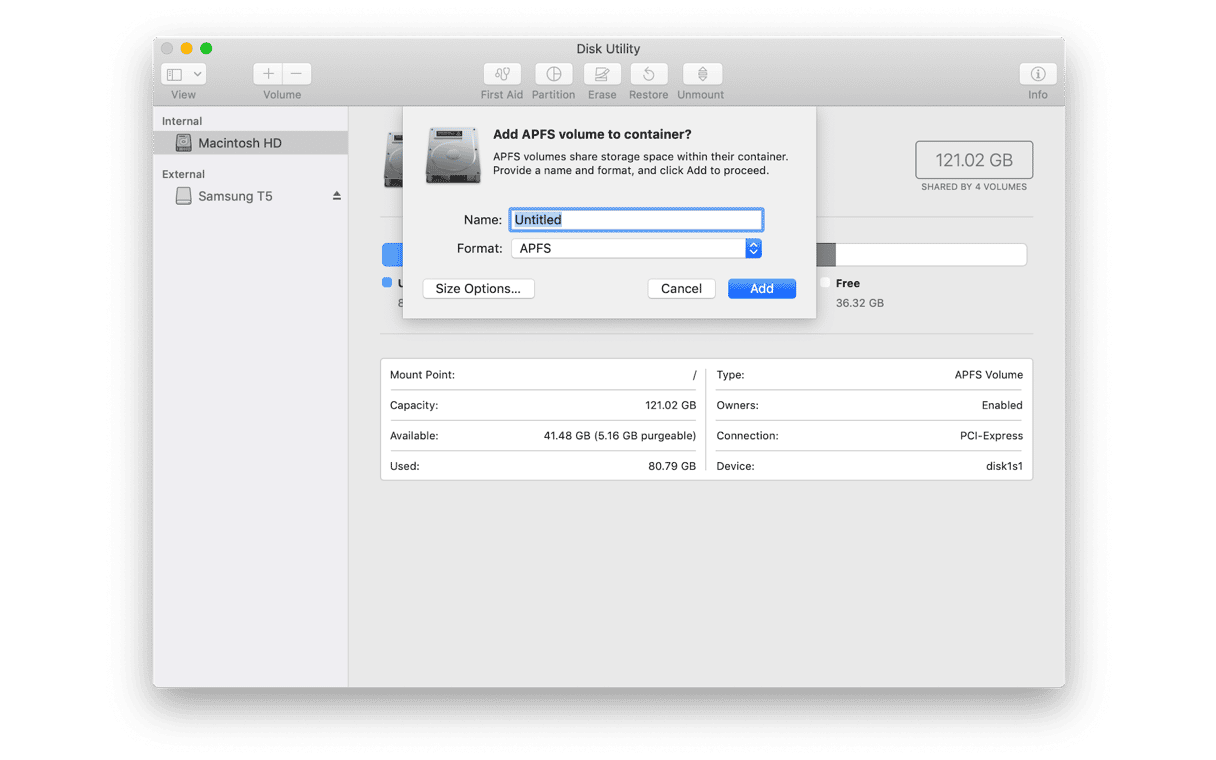
- Go to Applications > Utilities and double-click Disk Utility to launch it.
- Select your startup volume in the left sidebar.
- Click on the Edit menu and choose Add APFS Volume.
- When “Add APFS Volume to container” appears, give your new volume a name, say “Catalina,” and choose APFS as the format.
- You can ignore the section for reserving space for the new volume. It will be given what it needs as it shares space with your startup volume.

You’re now ready to download and install Catalina:
- Click here to begin downloading the public beta.
- When the download starts, it will prompt you to choose a location for the installation. Choose the volume you just created.
- Click process to install macOS Catalina.
Your Mac will restart several times during the installation process. Once it’s finished, you will be able to dual boot into either macOS Catalina or macOS Mojave.
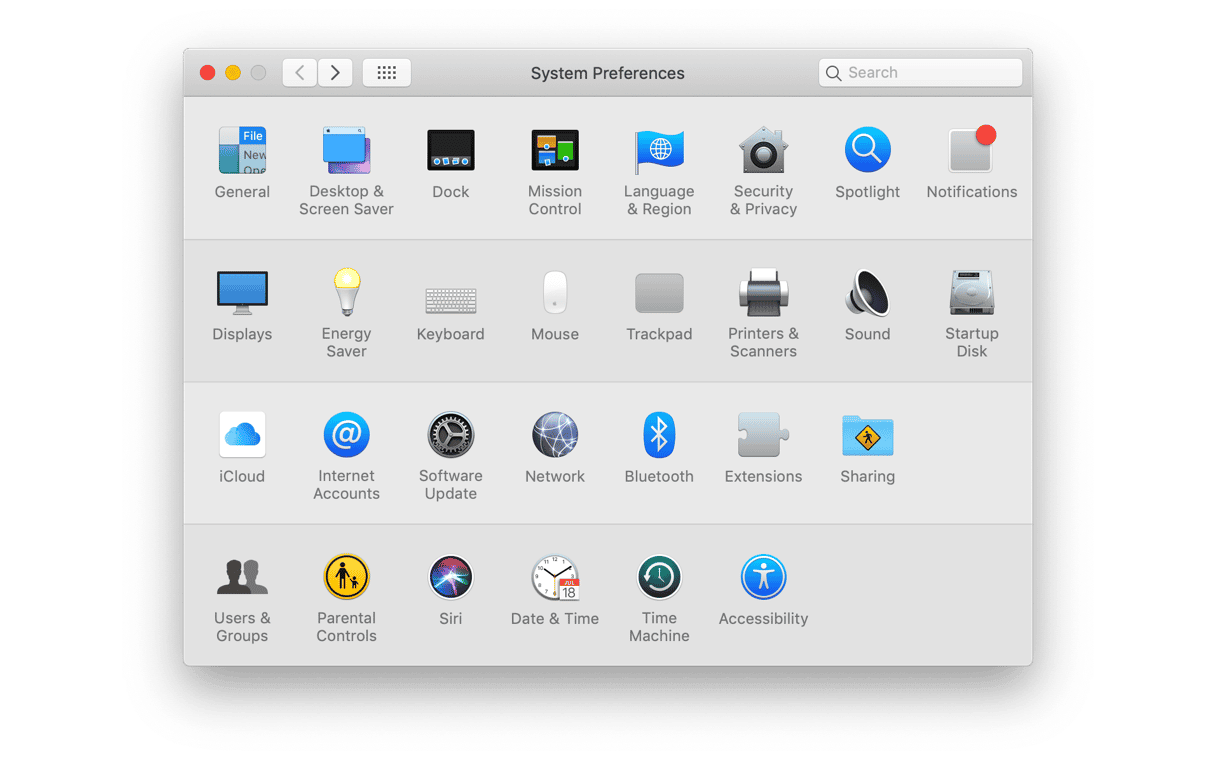
How to dual boot macOS Mojave and macOS Catalina beta
Once you’ve installed macOS Catalina, you have two options for choosing which OS to boot into:
- Hold down the Option key when you restart or boot your Mac, then choose macOS Catalina or Mojave.
- Before you shut down or restart, go to Apple menu and choose System Preferences. Then, choose Startup Disk and select the one you want to boot into next time.
My apps don’t work on macOS Catalina
First thing people notice after they run a new OS is some of their apps have stopped working. Annoying as it is, not all developers have yet optimized their software for Catalina. A large portion of your applications may still be 32-bit, which macOS Catalina won’t support.
There’s a quick 5-second way to check which of your apps are 32-bit.
I do it using the Uninstaller tool in CleanMyMac. You can download its free version here.
- Launch the program and click the Uninstaller tab.
- Now, select 32-bit in the sidebar.
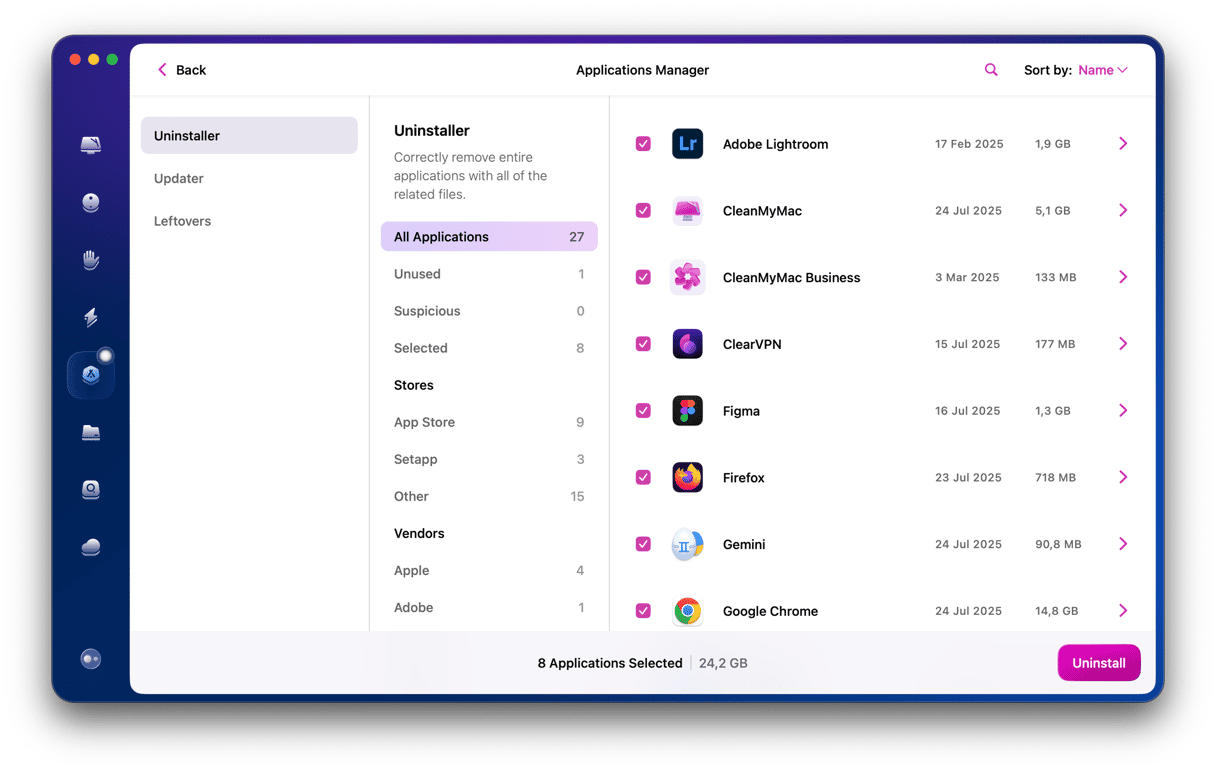
From there, you can find your long-forgotten apps and delete them. And most importantly, you can update them to the latest versions using the Updater tool (the one below Uninstaller).
Dual-booting macOS Catalina and macOS Mojave is a great way to try out Apple’s new operating system without having to use it every day. You should never use a beta version of an OS for day-to-day work, so it avoids that problem, too. If your startup disk is formatted as APFS, you can even have both operating systems installed on the same disk. Just remember to back up your Mac before you start and use CleanMyMac to clear out junk files.






